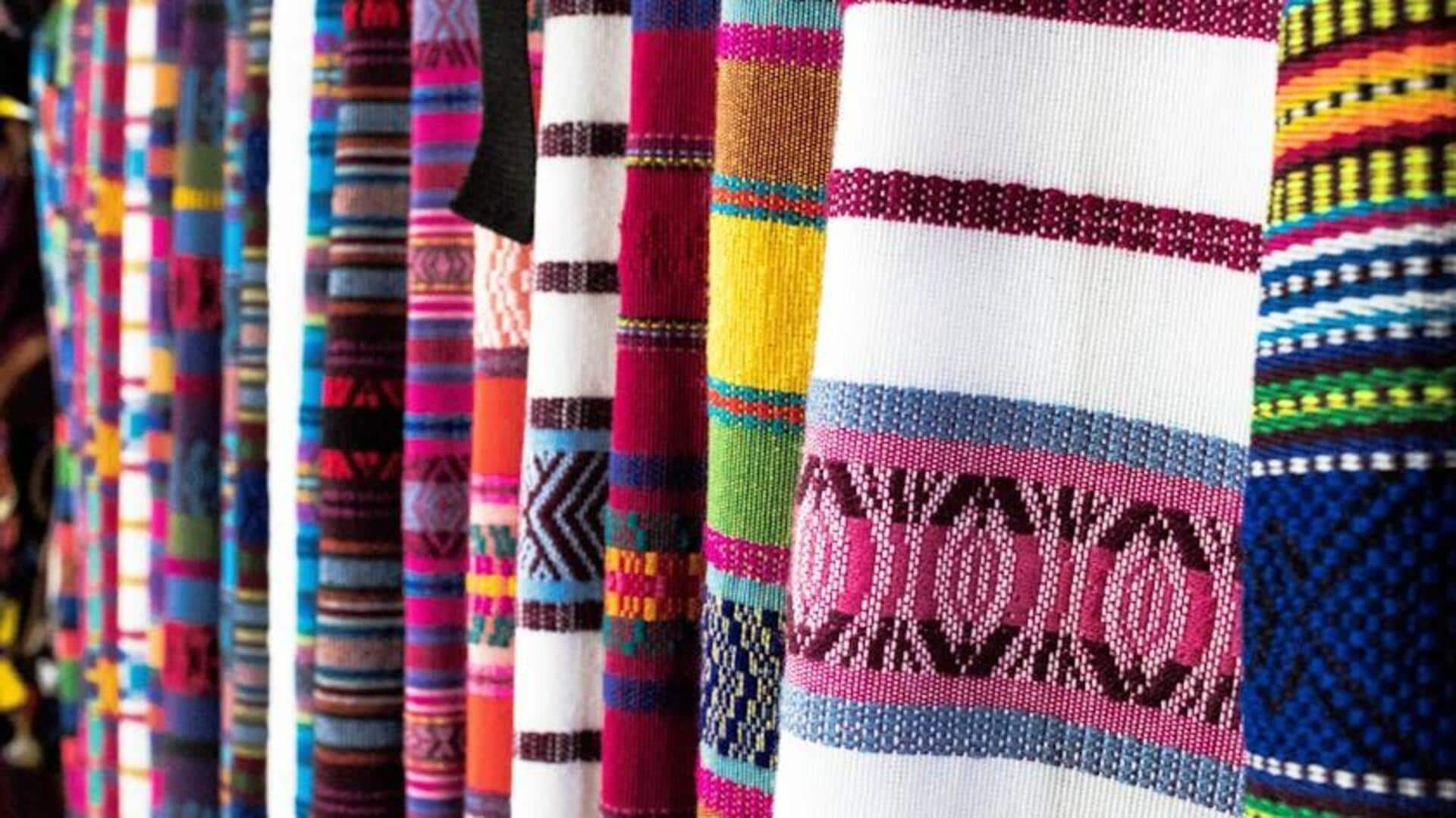
Sustainable fashion 101: Fabrics that can change your style game
What's the story
With sustainability and innovation taking the center stage in the fashion industry over the last few years, we have also witnessed some of the most unconventional fabrics coming into the limelight.
Not only are these materials eco-friendly, but they also provide unique textures and properties to our everyday wardrobes.
From plant-based textiles to recycled materials, these fabrics are redefining our clothing perception.
Let's take a look at some of them and their fashion impact.
Pineapple fibers
Pineapple leaf fibers revolutionizing fashion
Pineapple leaf fibers, called Pinatex, are becoming increasingly popular as a sustainable alternative to leather.
Made from pineapple leaves, the fabric is biodegradable and provides a similar texture to conventional leather without harming the environment.
It is used in shoes, bags, jackets, etc. The process of making it uses agricultural waste, lessening landfill contributions and giving farmers an extra income.
Mushroom leather
Mushroom leather: A fungal innovation
Mushroom leather is an incredible material developed from mycelium, the root network of fungi.
The fabric replicates the look and feel of animal leather but is completely biodegradable. It also uses less water and energy than conventional leather production techniques.
This makes mushroom leather an ideal choice for designers, who are now increasingly including it in their collections.
Hemp fabric
Hemp fabric: A durable classic reimagined
Although hemp fabric has been used for centuries, it has returned to the limelight owing to its sustainability advantages.
It needs very little water for cultivation and grows quickly without pesticides or herbicides.
Hemp fibers make strong but breathable textiles appropriate for all types of clothing, including shirts, pants, and dresses.
Its natural resistance to mold makes it perfect for humid climates.
Recycled polyester
Recycled polyester: Turning waste into wearable art
Recycled polyester turns trash into treasure, converting wasted plastic bottles into fibers for fabric.
It keeps more trash out of landfills and ensures resources are not wasted.
The process minimizes the use of petroleum-based raw materials and energy-intensive creation of new synthetic fibers.
It serves as a sustainable alternative in the textile industry, saving the environment and reusing plastic waste in a clever way.